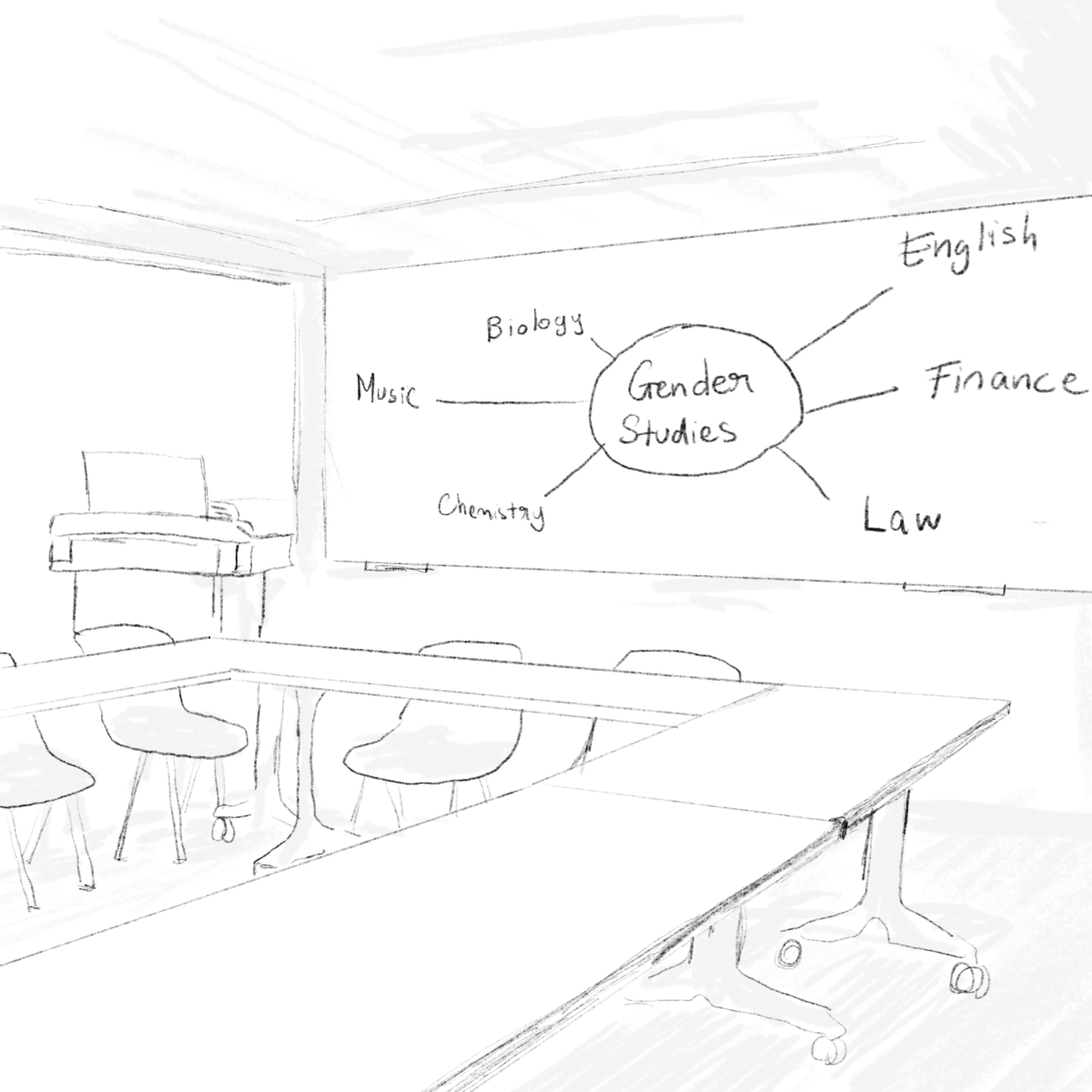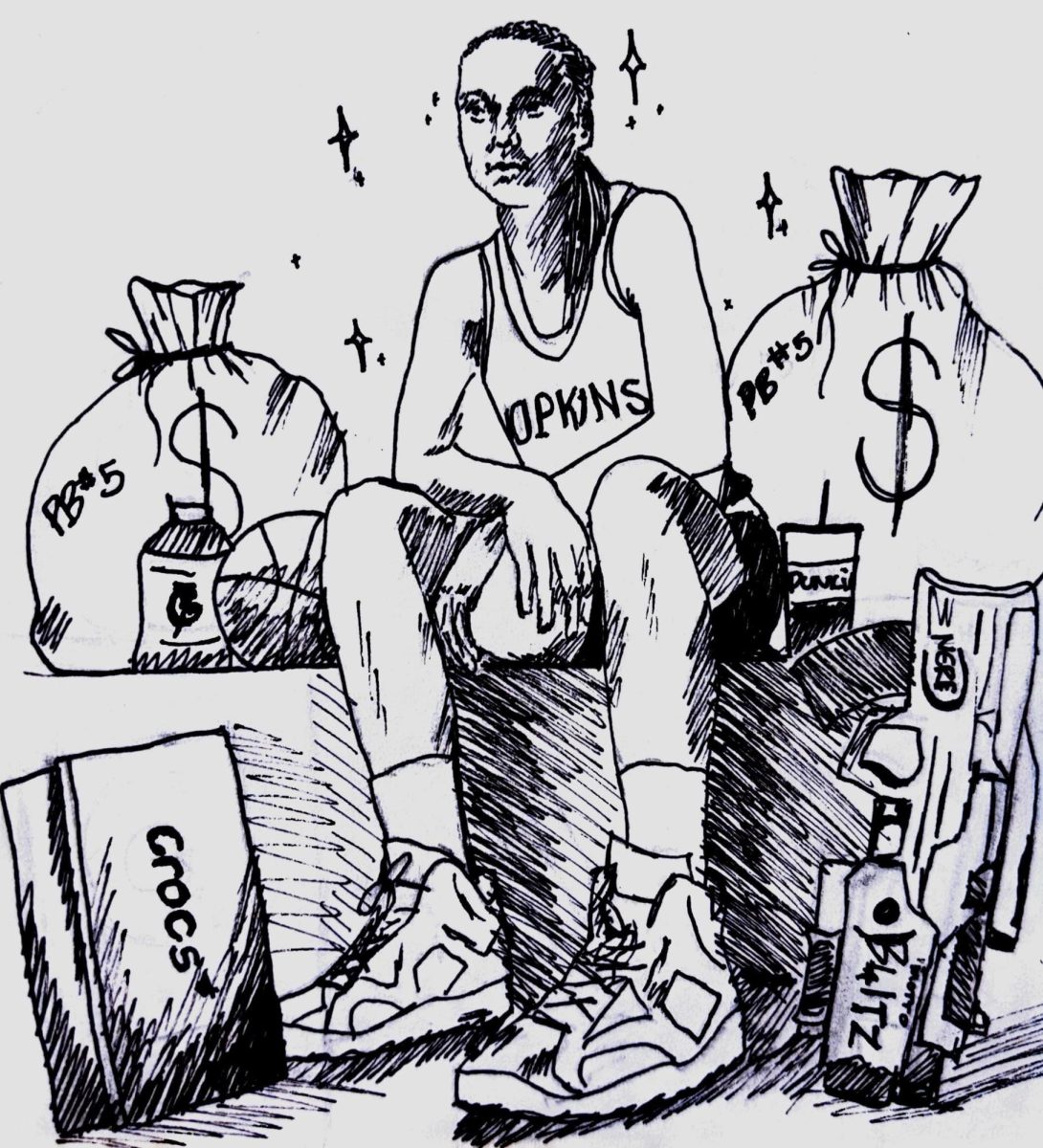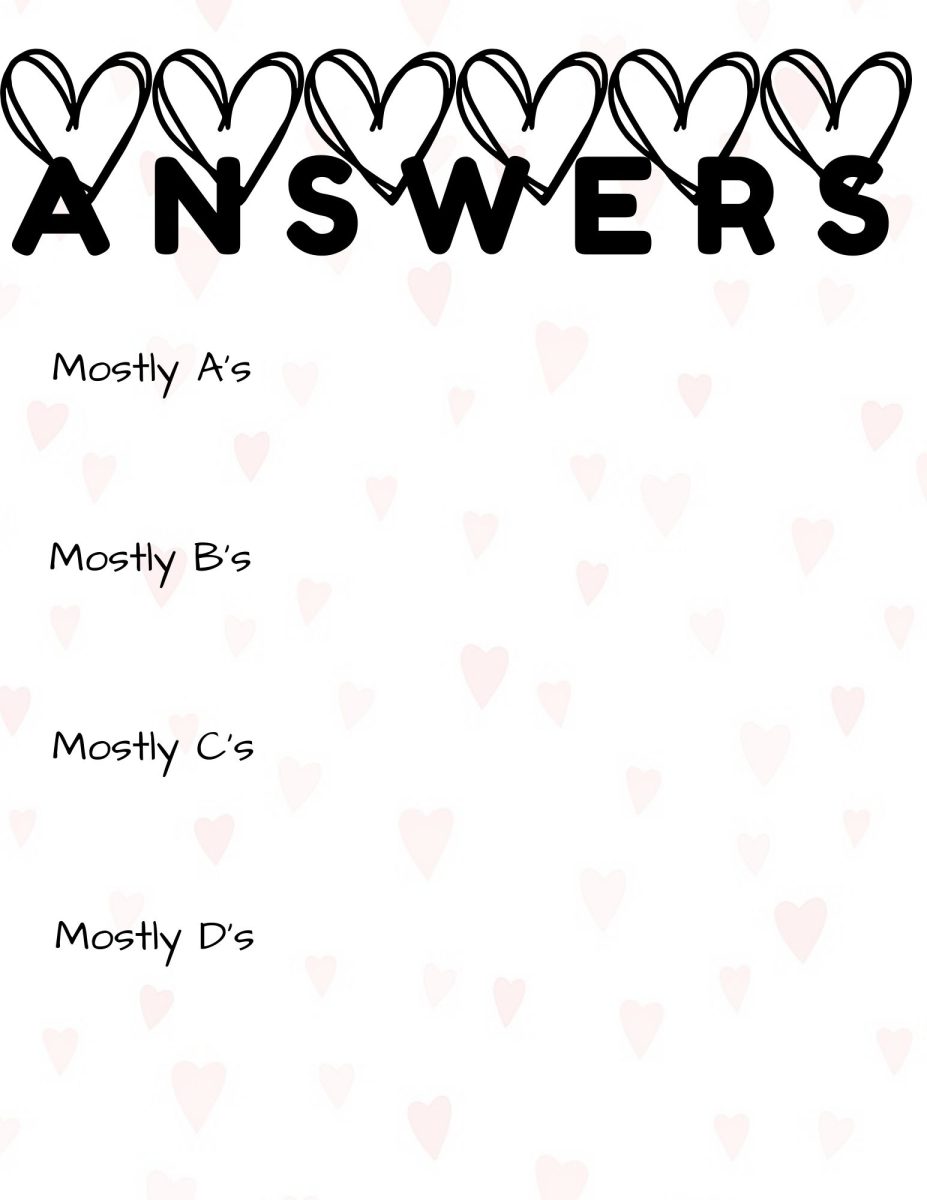
Growing up, I constantly wore track pants and jerseys, and as I got older, it earned me a lot of negative feedback. I never knew how to react because those outfits felt like me. Others grew up with similar experiences, believing that hiding their individuality was necessary to adhere to societal standards. That’s not true. Abandoning your favorite aspects of your wardrobe that feel like you in exchange for what everyone else advises is not stylish. Fashion is about taking trends and making them yours to highlight your individuality and build your own style.
This isn’t necessarily an easy task,. It wasn’t for me, but there are a few guidelines that can get you started. One important aspect of style is subtlety. Loud clothes can draw too much attention to an outfit. Try opting for subtlety,intriguing your audience with a bit of mystery like a hook in an essay or a cliffhanger in a novel.
Shirts that represent niche interests can often be loud. There are two tricks I use to avoid this: The first is finding shirts that portray my interest with a design harder to make out from a distance; the other is utilizing symbolism that only those who share your interest would recognize.
Colors are another great way to ensure subtlety. In general, muted colors, whether dark or light, help reduce the strain on the eyes. This allows you to share more of your unique personality with patterns, designs or interests without overwhelming your audience. While muted colors aren’t always necessary, they are helpful when you’re just starting to build a style.
Utilizing color theory to avoid clashes is another way to master your style. While muted colors are a helpful starting rule, avoiding color clashes is always relevant. There are two main methods to make sure that colors don’t clash. Complimentary colors are colors that fall on opposite ends of the color wheel, and tonal colors are near each other on the color wheel — if that’s too hard to keep track of in your head I like to use a color guide.
Here’s a quick example of how I use color theory when picking out an outfit I like. Muted light pink is my favorite color, so that’ll be the shirt. From there I use complimentary colors to pick a bottom, and in this case light blue works well. Finally, the tonal colors of the top or bottom can finish the outfit with shoes or accessories, in this example a dark blue or red. As the guide says, black and white work with all colors. Utilizing black and white with the tonal piece allows the tonal colors to pop. Here I’d use all-white shoes with a few red hints.
With the basics of subtlety figured out, let’s move on to the second piece: fit. Everyone has a completely different and unique body composition, from proportions to skin tones,so style anything but a one-size-fits-all system. To master fit without a tailor, trial and error is the best way to go. When shopping for muted non-clashing colors, don’t just grab the first thing that fits. Instead grab a variety of clothes, baggy, tight, tapered, long, short, mid-length and everything in between.
Now try them all. Mix and match in the changing room mirror and see what you like. If you’re brave enough, phone a friend and ask their opinion. Ask a stranger if they think the fit of the clothes suits you. But always remember, you know your body best. You know what features make you feel confident, and what features you’d prefer to hide. When trying on clothes the best question to ask yourself is: Does this item make me feel more or less confident?
Some fashion experts are not necessarily going to agree with these guidelines. Style is trending more and more towards only neutral earthy tones and business casual wear at all times. They will say graphic tees are a thing of the past. They argue that finding clothing that fits your body isn’t enough, you have to follow every rule with no exceptions. There is no room for trial and error, it either fits in modern trends or it doesn’t. You don’t get to choose what makes you feel best.
Today there is little place for individuality or expressing your personality in fashion. To experts, trends are crucial. It doesn’t matter if the trend changes week to week, day to day or minute to minute; if you aren’t fitting in you’re doing it wrong. They’ll tell you to be shopping for new clothes to fit new trends constantly, but at the same time to only buy plain items to ensure that you don’t stand out too much.
Style shouldn’t be about blending into a crowd. You’re not just like everyone else, so why should you dress like it? Your personality isn’t bland, it’s colorful, so dress like it. You have interests that you want to share with the world, so share them through your clothes. You don’t always follow all the rules, so don’t always buy into the fashion ones. Your body is different than mine, so show off your diversity.
Beyond this, the constant changing of modern style standards may pressure you to constantly adapt your style. Iif you’re comfortable in the style you’ve found, why change? Especially when this change directly affects the environment, as modern fast fashion has us constantly buying and discarding clothes like it’s nothing.
Societal beauty standards make it hard to wear whatever you want, but hopefully these guidelines help you figure out how to be yourself and look your best. At the end of the day, good style is all about you. It’s about getting dressed in the morning, looking in the mirror and being able to confidently say to yourself, “Hell yeah, that’s me, and I look good!” If you consistently feel confident in yourself and your appearance, then you know that you have built your successful style.








